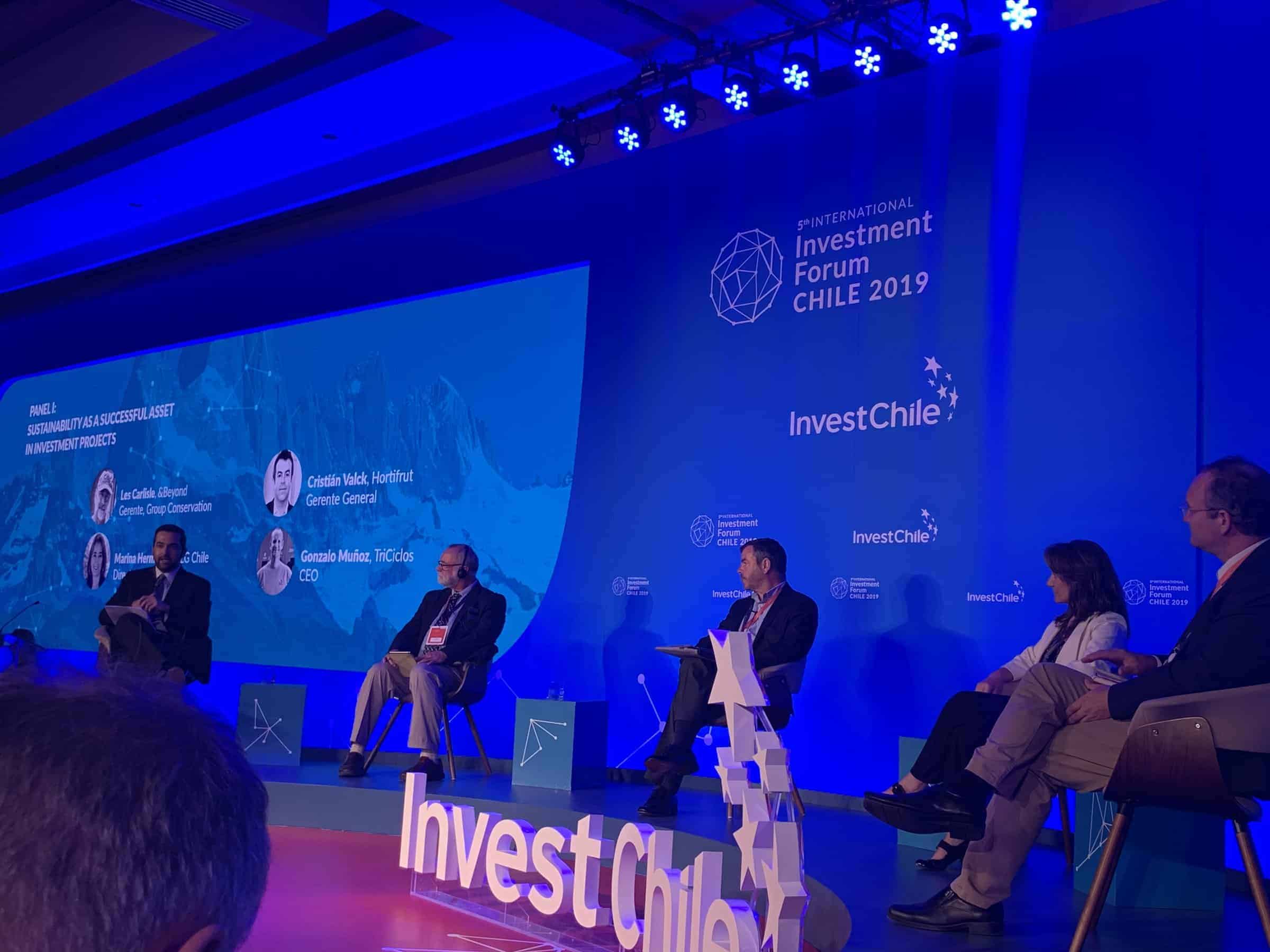Written by: Tuto Assad
I have:
1. Invested in multiple startups throughout Latin America, Silicon Valley, Europe, and Asia.
2. Raised funds for
both my fund and startup.
3. Helped
entrepreneurs create their fundraising strategy.
It’s all about speed
I believe that fundraising should be done fast or should not be done at all. I know this is way easier said than done but let’s dive a bit more into this.
Many of us have read a lot about and even experienced how multitasking is not truly productive and how techniques such as The Pomodoro Technique – one thing at a time for short uninterrupted periods of time – is a great way to stay focused, and be both effective and efficient.
That being said, we could say that the same holds true for fundraising.
Any founder that’s focused on both fundraising and operating the startup at the same time, isn’t giving 100% to any of the tasks at hand. Therefore, he or she’s not being as productive as they can be.
The most important thing about fundraising is to get it done and get back to work.
Geoff Ralson, Y Combinator Partner
I believe entrepreneurs should mix The Pomodoro Technique with Sprint and other methodologies during fundraising, be it a week, 2 weeks or even a month.
Of course, the faster the better.
Founders should figure out how much money they need, make a list of possible angels and micro-VC funds that may be interested as well as a realistic guess of how much money each of them might invest.
Founders should ensure that their list of leads (with the estimated amounts) sums up double what they need to raise.
Once they have that, they must create a compelling story about why they are going to build something great and finally go out and pitch to as many investors possible in the least amount of time as possible.
In my experience, seed
fundraising comes down to:
1. Trust
At the end of the day the investor is investing in the founder,
The trust between them is built either by time and good deeds, a good referral by someone known to the investor and sometimes – and this is a reason for cold contacting and pitching – by first impressions.
2. Communication
If the founder cannot communicate what they are doing in a clear, engaging and fast manner, then it’s going to be extremely hard for the investor to make the decision the entrepreneur wants to hear.
Investors have a lot of things in their minds; if they get confused during the pitch by the idea, strategy, market, team or anything else, it is very likely that the investment will not get done.
3. FOMO (Fear of Missing Out)
Most of the time the investor has no rush for making a decision, this is why we hear tons of stories about an investor taking months to say yes or no, all the while having the entrepreneur come back to countless meetings and sending over tons of information.
Here’s why a good story and a sense of “this opportunity is not going to be here next week” is super helpful to fundraise quickly.
One way to do this is to make sure that the investor knows 3 things:
- You already have some of the money that you need.
- You are talking to other investors.
- These investors are making a decision in one meeting.
Fundraising is a fun
part of the entrepreneurship process, it is fast, dynamic and challenging.
Entrepreneurs must make sure they put all of their effort to make it as
effective as possible and be prepared to do it as fast as lighting if they want
a better outcome.






